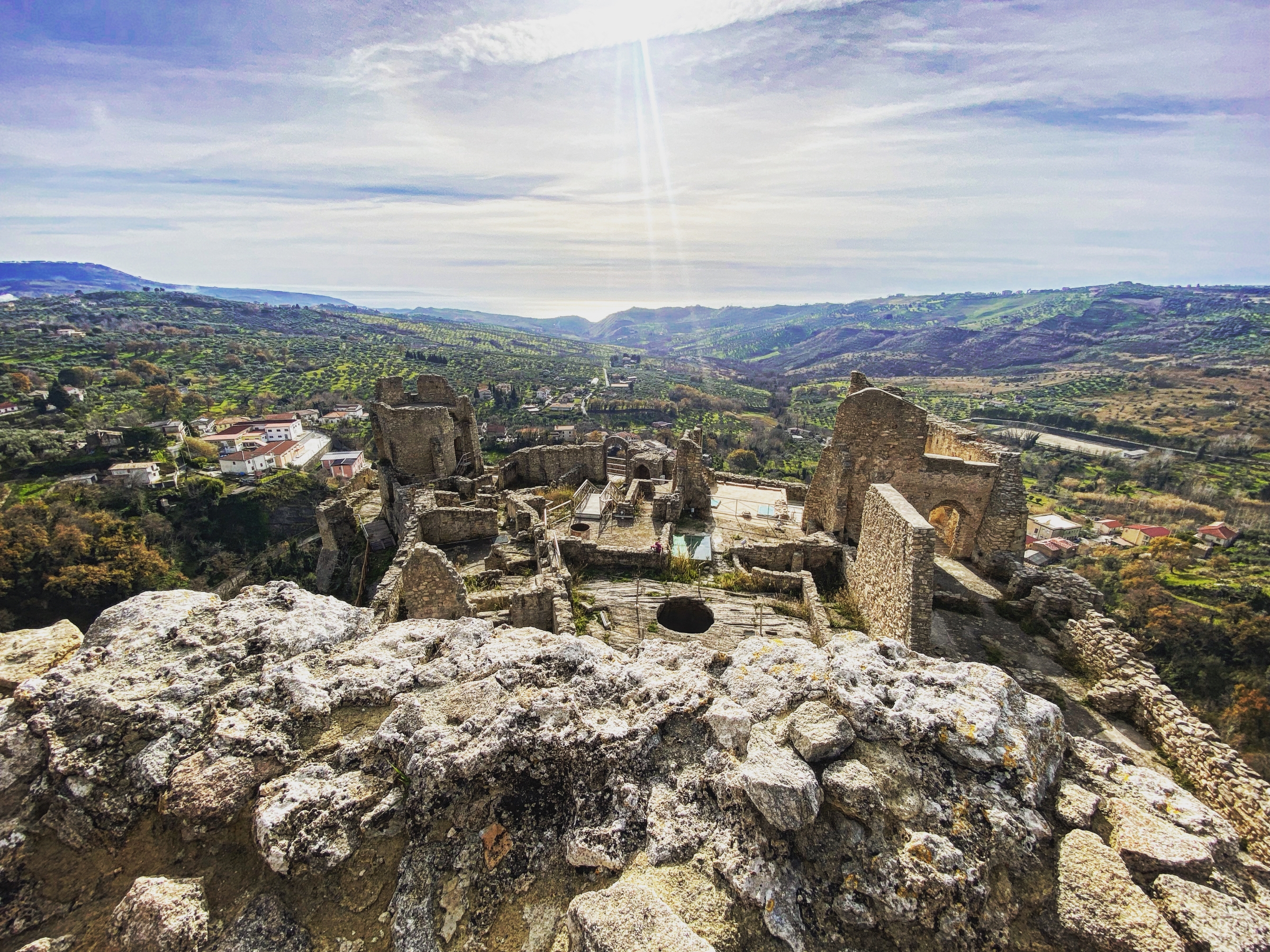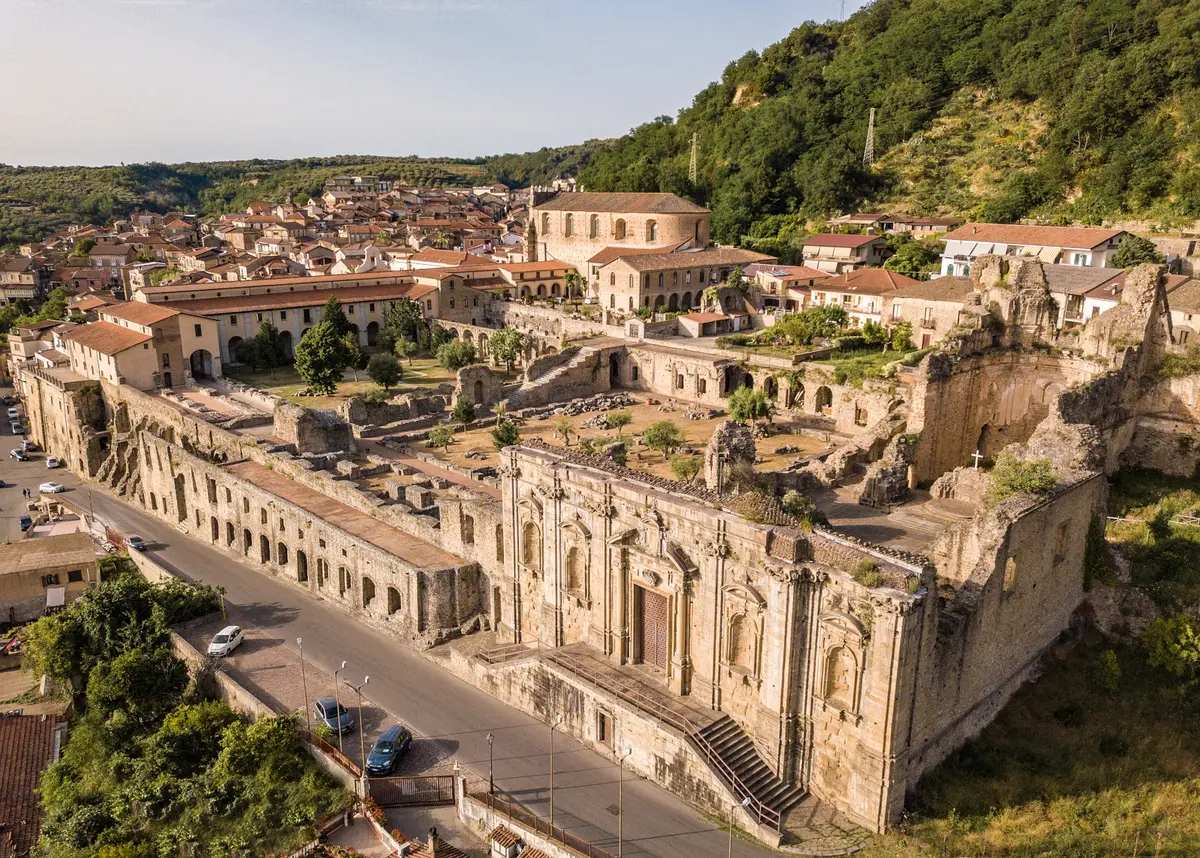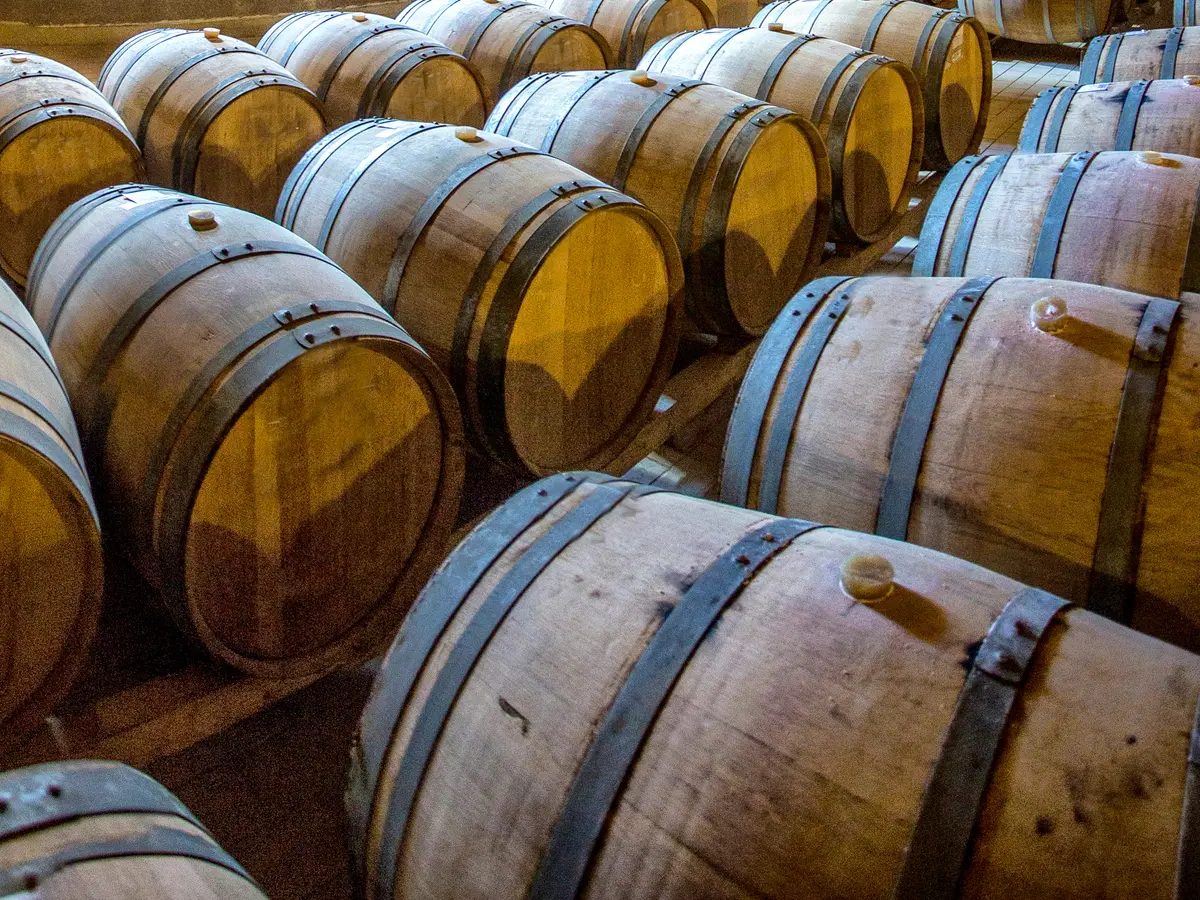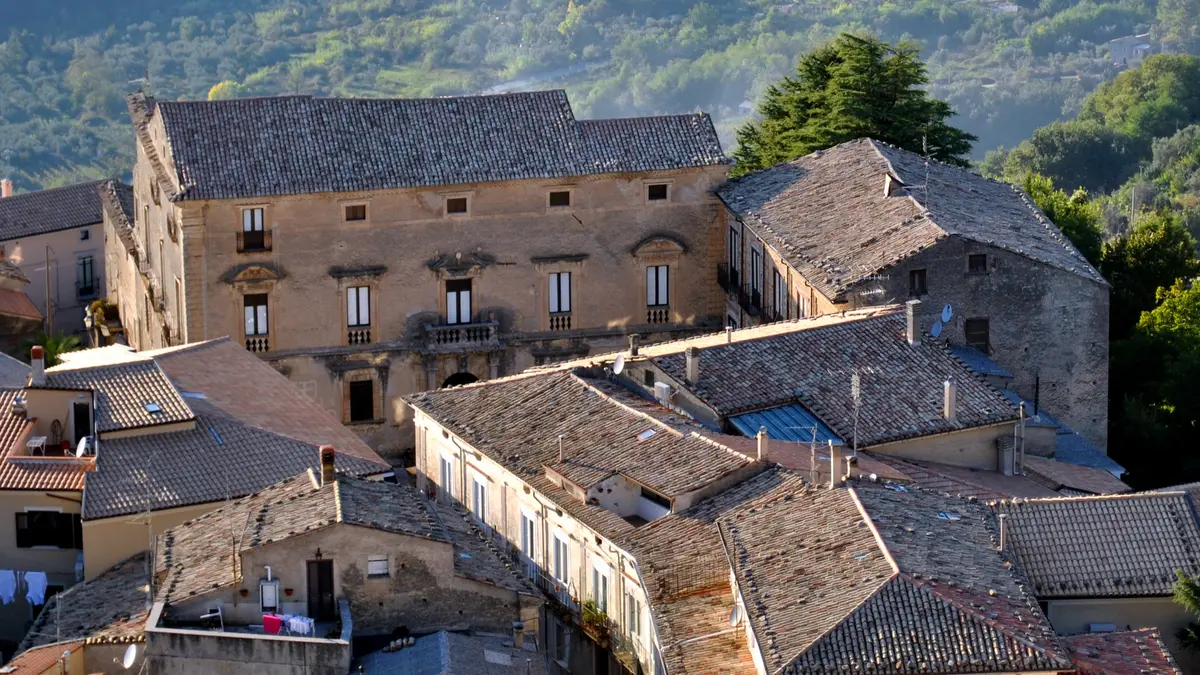Discovering the village of Cleto, between myth and legend
Wandering through ancient alleys, fascinating legends and breathtaking views

Art and Culture
Cleto - Regione Calabria
It is called the village of two castles. But this small village perched on the rock overlooking the Tyrrhenian Sea has more than one peculiarity. Starting with its history, which has its roots in legend, but then, stone after stone, you will be surprised by its historic centre rich in precious traces of the past and the panoramic views that will open up before your eyes.
It's time to discover Cleto.
Cleto: history, myths and legends
Nestled on the slopes of Mount Sant'Angelo and perched on a rocky spur, Cleto dominates the Savuto Valley all the way to the sea. It is a peaceful village, where you can enjoy a slow holiday following the leisurely pace of this small community, which welcomes tourists and emigrants in the summer.
Legend has it that Cleto owes its name to Cleta, nurse to the Amazon queen Pentasilea, who died in the clashes during the Trojan War. Cleta is said to have stopped here while travelling by sea to ensure a dignified burial for Pentasilea. Struck by the beauty of the area, she founded a town that took her name. According to historical sources, however, the village was founded in the Magna Graecia era as a colony of the polis of Crotone and was then destroyed in 16 BC by the Crotonese army after the city requested independence.
Traces of its past can be seen in the passage of the Normans, who changed its name to Pietramala, an evocative name meaning “inaccessible stone” due to the village's inaccessible and strategic position, which over time became an important fiefdom linked to the powerful Florense Abbey of Fontelaurato. Since the 13th century, Cleto has been dominated by the Angevins and Aragonese, undergone various feudal subjugations, Turkish plundering, earthquakes, plague and Risorgimento revolts. Pietramala actively participated in the events of the Risorgimento and resumed the name of Cleto in 1861.

What to see in Cleto
The village of Cleto has preserved its authentic soul, but in summer it is particularly lively. You don't need an itinerary, just lose yourself in the narrow cobbled streets to discover the charm and magic of the historic centre, its authenticity made up of genuine scents and flavours, and its incredible panoramic views.
The houses are built against the rock and seem to have merged with it. Dominating everything is the Norman Castle, which has been recently restored. It is located on top of the hill and you can visit the towers, interior rooms and walkways. From here, the view is breathtaking: it is an embrace that encompasses the blue sea and all the shades of the summer skies that light up at sunset. A stroll along the streets that all climb towards the ancient fortress allows for leisurely breaks to observe the details, the views and the precious architecture of the buildings. The Church of Santa Maria Assunta dates back to the 16th century and preserves handcrafted stuccoes and local stone; while the 17th-century Church of the Consolation has a unique Byzantine majolica bell tower and a floor depicting the flower of life.
In Pantano, there is an archaeological site, Fontana Cece, which preserves a 14th-century BC cave tomb and artefacts dating back to the Eneolithic period. In the hamlet of Savuto, there are the ruins of another medieval castle, completely surrounded by nature. You certainly won't leave without tasting (and perhaps buying) the excellent local extra virgin olive oil, perhaps poured generously over “ciarletta”, a characteristic semolina bread that goes very well with the flavours of the typical dishes.

https://calabriastraordinaria.it/en/news/discovering-the-village-of-cleto-between-myth-and-legend





